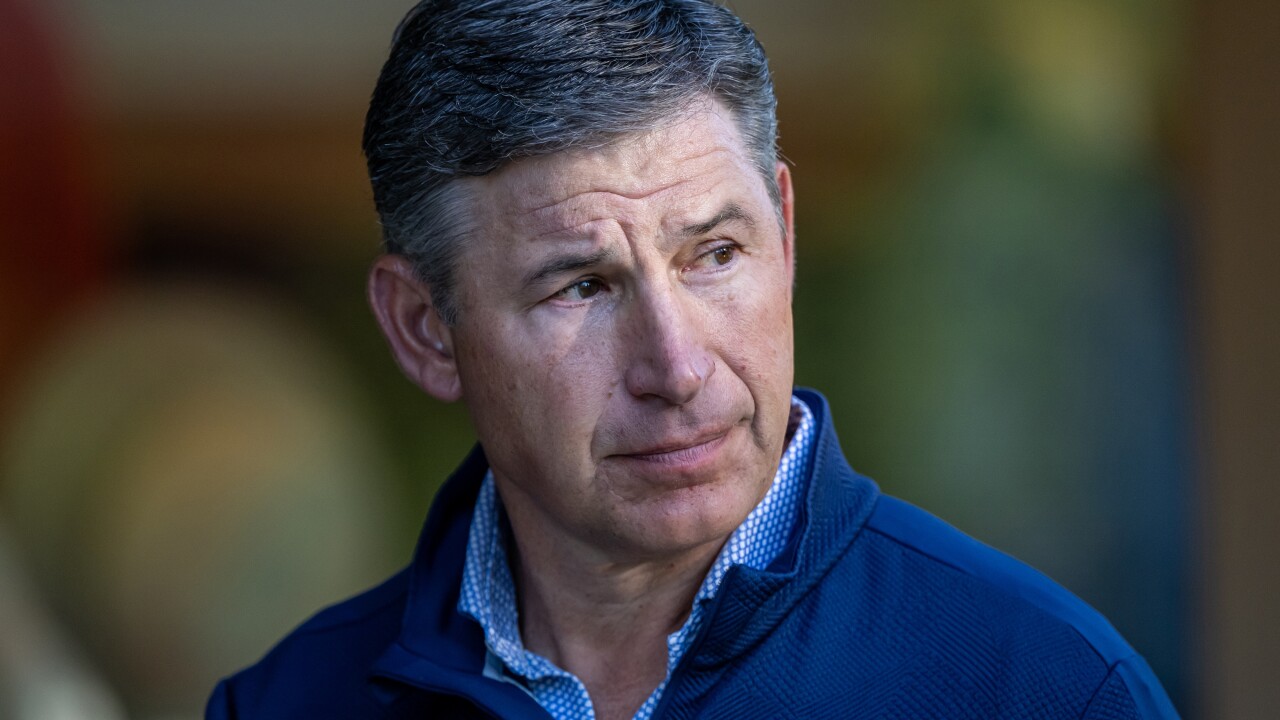
For nearly two decades, I've had the opportunity to meet and mentor a lot of high school and college students. While we talk about their experiences growing up and personal and professional ambitions, many of our conversations center on
During my childhood, I was lucky enough to learn basic financial management principles from my grandfather. He taught me the importance of a dollar. His lessons laid the foundation for my understanding of money and the importance of building and protecting your financial health. However, I recognize not everyone has a mentor. In fact, many young people,
Oftentimes our earliest experiences with financial literacy start with seeing our parents' struggles, but without the proper guidance and context, these lessons can come at a high cost. Entering their college years, young people are applying for and managing student loans, receiving preapproved credit card offers and taking out auto loans, among other forms of credit. Sometimes our younger selves can misinterpret access to credit and other financial resources with financial independence, and if we don't pay back these loans, the consequences can be dire.
That's where the financial services community can play a more transformative role.
It's not enough for banks and other financial institutions to offer products that cater to a younger demographic, there has to be a long-term commitment to engage them and make financial literacy more accessible and relevant. Everything boils down to access to information.
For instance, Experian, the global data and technology company, and HomeFree-USA lead an initiative offering students from historically Black colleges and universities, or HBCUs, an opportunity to participate in live learning sessions with credit experts, as well as self-paced modules. The effort culminates in a competition where participants present innovative business ideas to further financial literacy in our communities.
Serious delinquencies on student loans jumped tenfold at the start of 2025, shortly after lenient pandemic-era policies came to an end. The greater pressure on consumers' wallets is a cause for concern at banks that rely on borrowers' ability to repay their debts..
It's a program that doesn't just focus on helping a select group of students absorb financial knowledge and build their financial health, rather it centers on closing the resource gap across the spectrum. So, many of the students take the lessons they learn and share them with their peers and communities. It's a one plus one equals three approach.
Effective financial literacy programming requires a commitment to investing in change. But that doesn't always mean a financial investment.
Every community is different. Different in their struggles, different in their relationships with money and different in their perceptions of the mainstream financial system. Investing the time to engage community leaders, including faith-based organizations and nonprofits, empowers the financial services community to better understand their customers' situations and create resources that are relevant to them. A willingness to listen and learn from the people they're trying to reach helps foster trust and demonstrates a genuine commitment to financial empowerment.
The journey to financial empowerment goes through financial literacy, and it requires an earnest effort to engage people, particularly at a young age. Financial literacy cannot be a check-the-box exercise. By starting financial education at a young age and maintaining a focus on long-term support, we can help the next generation navigate the complexities of the financial world with confidence and resilience. It is time for banks and businesses to step up and be part of this vital mission.





